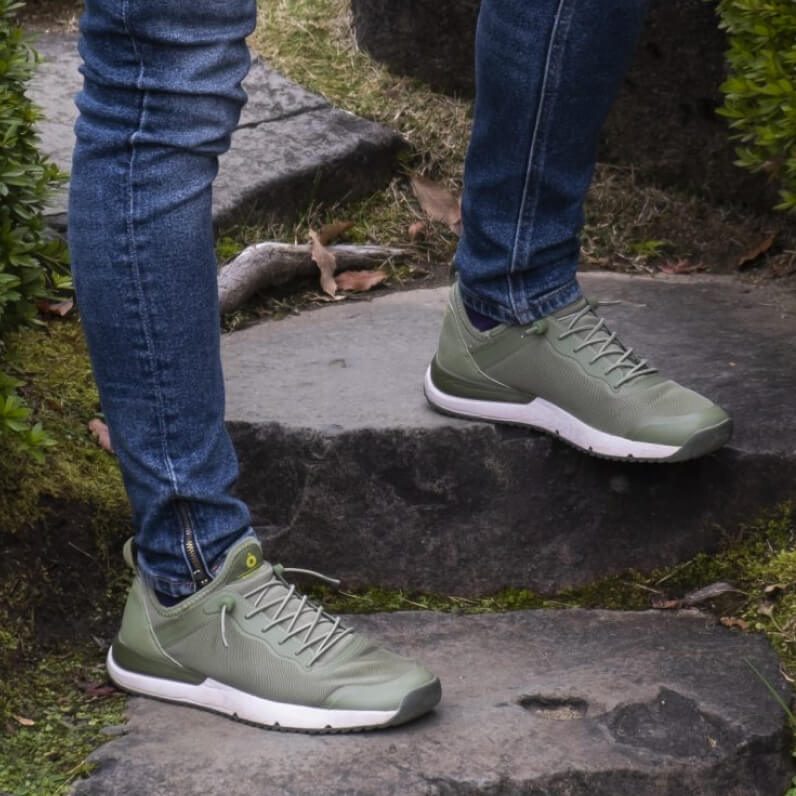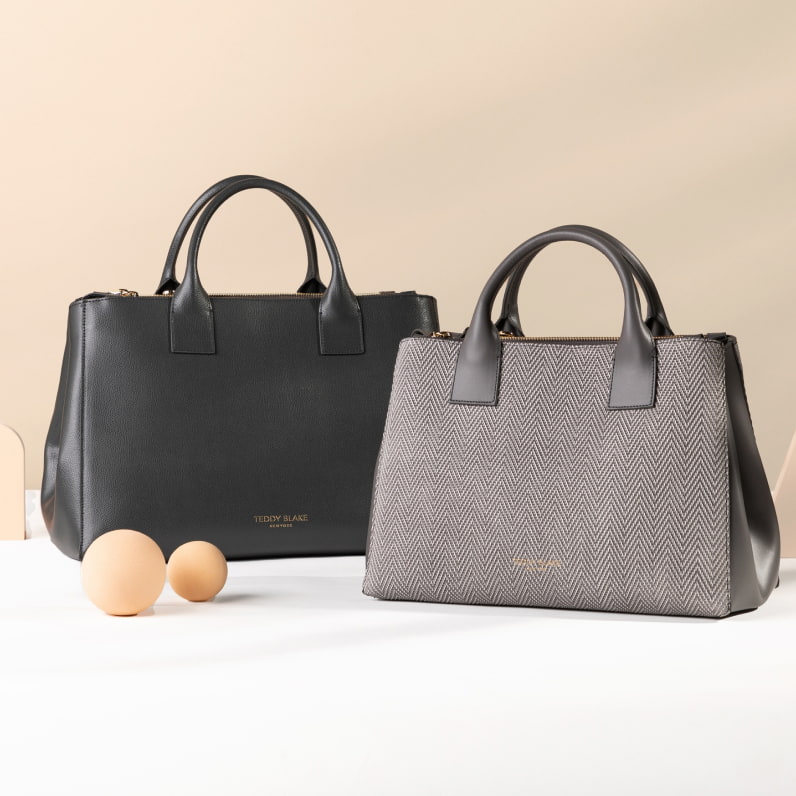Shopify Online Store 2.0 upgrade empowers Tropicfeel business
- Store development
- Fashion and apparel
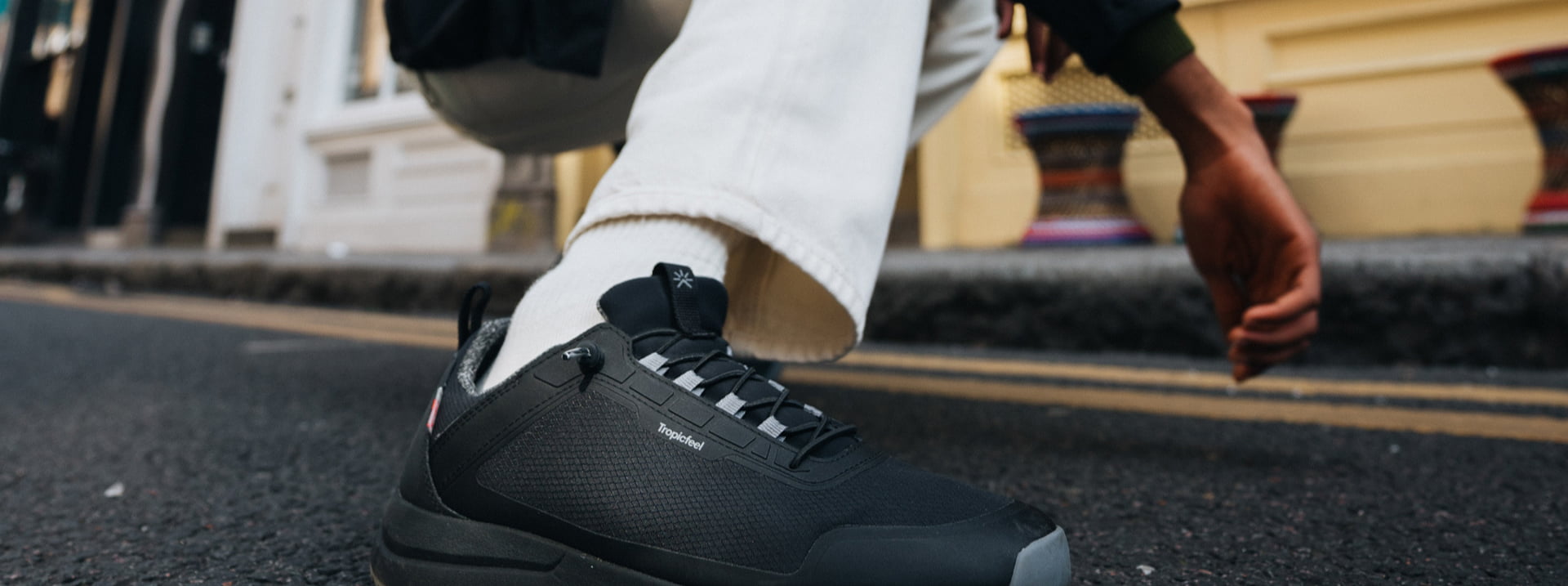
Project details
-
Team
Team Lead, Senior Full Stack Developer, Mid-
Level Frontend Developer, Mid-Level Full Stack,
Project Manager, Account Manager -
Technologies
Shopify Theme liquid, HTML, CSS, JavaScript
-
Time
1 week
-
The task
Migrate Tropicfeel’s website from Shopify Online Store 1.0 to the feature-rich Online Store 2.0.
Results
-
+87%
usability
-
+54%
website speed
-
+97%
code quality
About the business
Founded in 2017, Tropicfeel has established itself as a leading provider of sustainable and innovative travel gear. Their commitment to design, both in their products and their website, has been a key factor in their success. That’s why initially, our team created a custom theme from scratch, developed a design system, and increased the website’s loading speed.
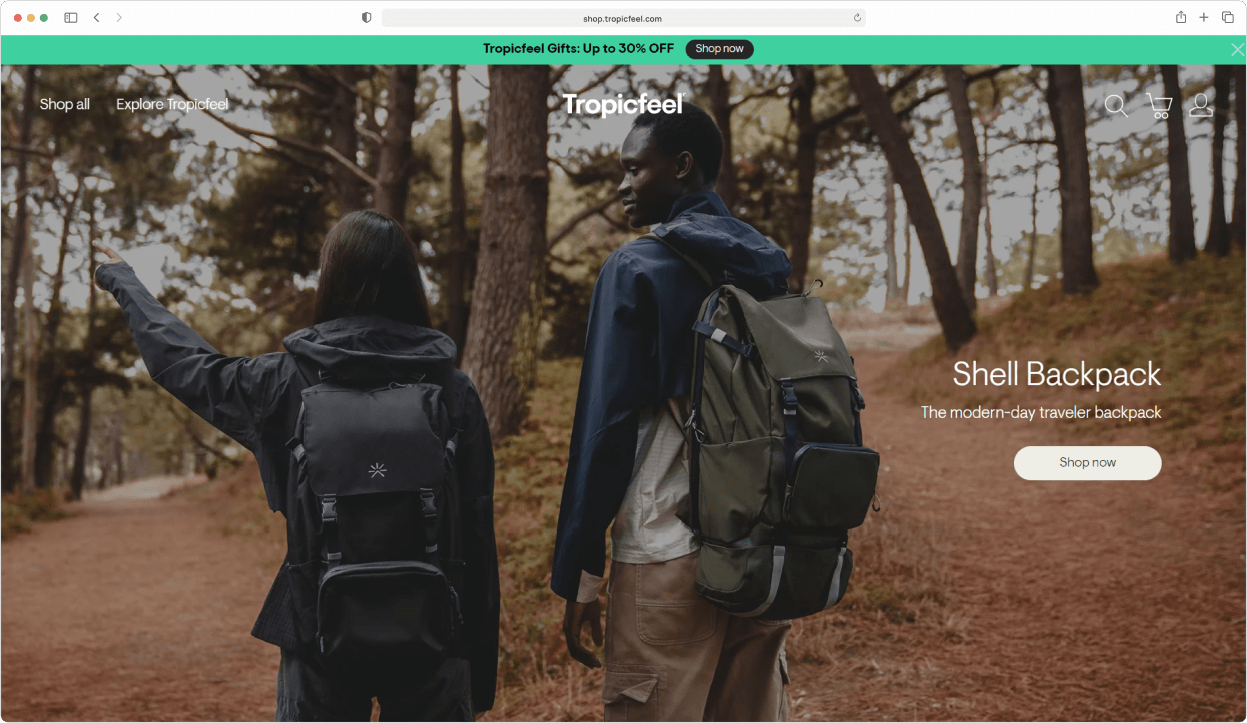
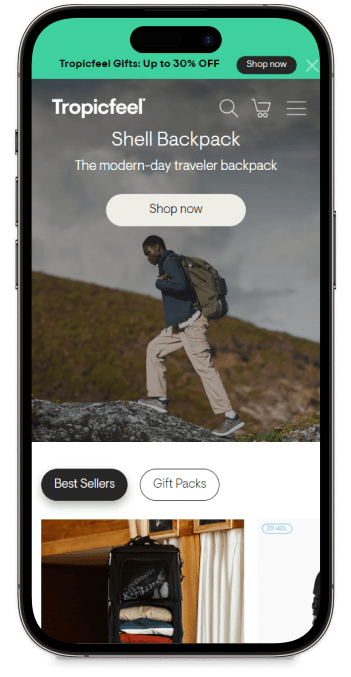
Challenges and solutions
Tropicfeel pays great attention to the design of their website. This startup has a deep understanding of its products and customers, and it is important for them to provide detailed descriptions of each product.
Unlike other companies, they create a separate page for each new product. These pages are not just standard pages with a photo, price, and description; they are full-fledged landing pages with a lot of sections. Tropicfeel provides detailed descriptions of the product’s benefits, usage options, video reviews, and recommended accessories. They add a lot of informational sections before leading the user to the purchase.
In fact, almost every page on their website, except for the accessory pages, is accompanied by such a number of blocks.
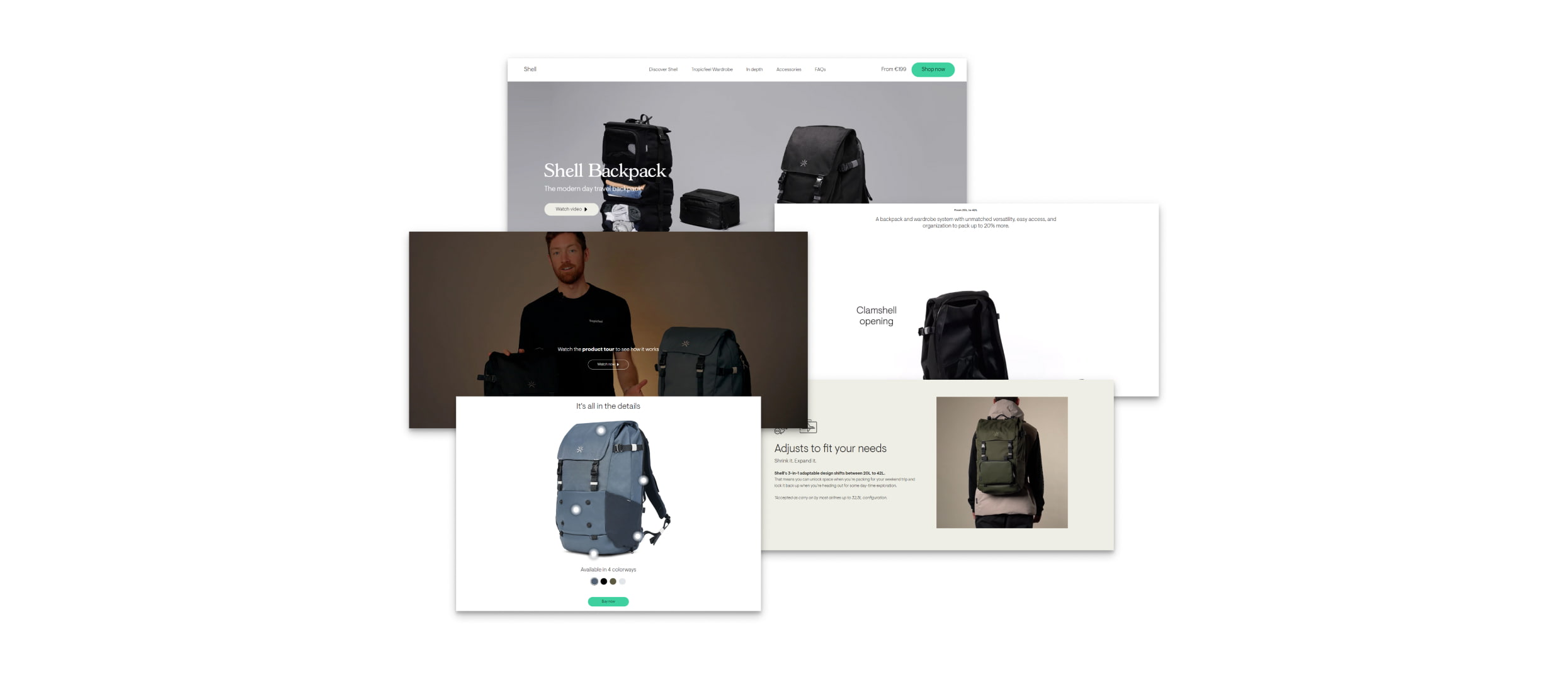
The challenge of maintaining a design-focused website
Despite the consistent page structure, each page represents a distinct product. To create a new page, Tropicfeel’s designer sketches a mockup and reuses sections from other product pages. However, the content of each page varies, making each page unique. Tropicfeel then collaborates with us to develop the page.
Given the frequent collection updates, Tropicfeel often contacts us to develop new landing pages. This can be a costly process.
Upon the release of OS 2.0 and its Dynamic Sections feature, we thoroughly examined its capabilities and proposed that Tropicfeel adopt this solution.
Benefits of moving from Shopify OS 1.0 to OS 2.0
Streamlined page creation
The Dynamic Sections in OS 2.0 freed Tropicfeel from the constraints of OS 1.0’s static page structure. This outstanding feature allowed them to construct new pages seamlessly without developer assistance. With such flexibility, they could rearrange, combine, and modify sections to align with their evolving creative vision.
Enhanced performance
OS 1.0’s traditional approach to page creation often led to slow loading times, particularly on mobile devices. This posed a significant challenge for Tropicfeel, as they strived to deliver an optimal user experience across all platforms. By embracing OS 2.0’s dynamic section loading, they saw a remarkable improvement in page performance, ensuring a seamless and engaging experience for their customers.
Considerations for new sections
It is important to note that if you need to create a brand-new section that does not fit into the existing structure, this will still require development. Therefore, for such requests, you need to contact us.
Summary
As a result of switching to Shopify OS 2.0, Tropicfeel got the freedom and efficiency they needed to take their website to new heights. By making page creation easier, improving performance, and cutting costs, OS 2.0 transformed their web development experience, paving the way for continued growth and success.
